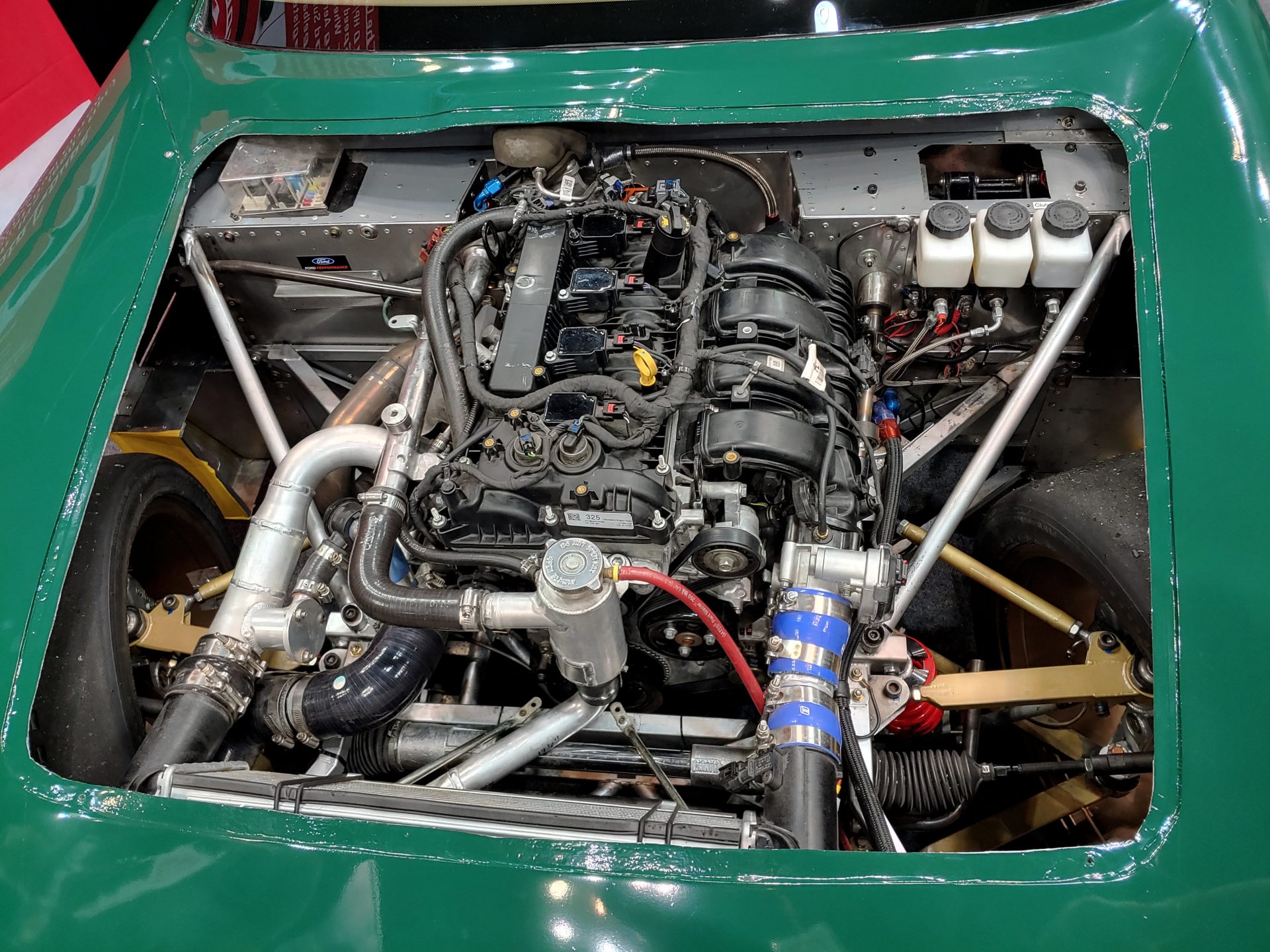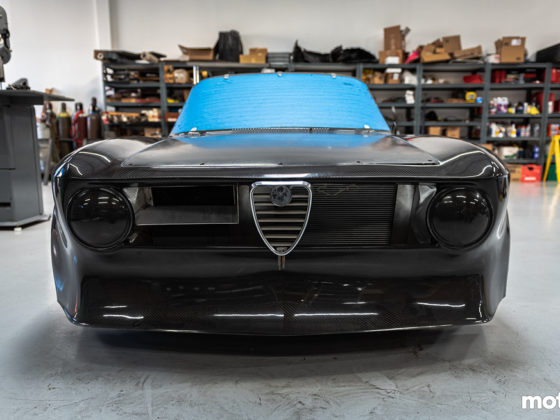
If you don’t have forced air or don’t want to incorporate the drink system into your forced-air system, this is a convenient option for just getting drinky drank into your helmet. Simply stick some stuff together and onto your helmet, and you are more or less off to the races. If you don’t want to wire up a powered system, you could also use some kind of bite valve system to suck on, as it uses standard 4mm tubing. But as laziness and race cars obviously go hand-in-hand, wouldn’t you rather just press a button to have something tasty squirted into your mouth?
Wow, that sounds terrible. And awesome.

The traditional race car coolant package is distilled water with some kind of coolant additive. The most popular additive brands use contract manufacturing from third parties and feature outdated technology. Engine Ice is a ground-up designed in-house manufactured product based on propylene glycol.
Their formulation features better corrosion resistance for the modern materials found in engines, specifically aluminum. The other super extremely amazing benefit is that Engine Ice is not only non-toxic but biodegradable, too. So now you don’t have to worry about killing the local wildlife if you have an accident. And it does all of this while being approved by most sanctioning bodies.
The only drawback that I can see right now is the price. Four ½-gallon bottles of pre-diluted coolant ring up at $91.96 plus shipping when purchased directly. Project SC300 needs approximately 2.75 gallons of coolant. This means it would cost over $100 to fill-er-up. Is the performance worth the cost? Well, if you’re environmentally conscious, it’s at least worth that. We’ll have to put some in Project SC300 and see how it goes.

Your typical high-performance fuel pump is on the order of 255 LPH. A tremendous number of pumps fall into this category from various manufacturers. However, this Pro Series brushless pump from Fuelab has a six gallon per minute rating. That’s equivalent to ~1362 LPH! This is the kind of pump that you would probably want to use with those eight thousand CC fuel injectors from Fueltech.

Lift pumps are typically unregulated and don’t need to build much pressure to do their jobs. They are simply moving fuel from a main reservoir, like the fuel cell, into a surge tank. Using a standard performance pump is potentially a waste of power and wiring, but sometimes standard pumps don’t like being driven without any pressure regulation in place. These 495 series pumps from Fuelab are designed just for this lifting job.




4 comments
Thanks for the summary! I have only been to PRI once sadly, and I think that was back in 2008 when it was still in Orlando. Interesting about the Precision, the end housings look very EFR-like. Well, only so many ways to do the same feature set. I know the owner of Dyme PSI, he’s very active out here in SoCal helping with builds. The rattle snake kit would be awesome for any shop that builds cars. It takes all the guess work out, reduces wasted material, and all the stuff they send is tested for quality to ensure there are no leaks (maybe the most important part). I was wonder how the Miata Cup cars were keeping from grenading the manual transmission… I see they just replaced it completely, ha! I bet Hunter will sell a ton of those tire change machines. The EV conversions are coming… the tricky part right now for the DIY’er is the battery pack and thermal management. AEM was smart and jumped on it early, getting their ECU and BMS stuff going. Now the OEMs are doing crate motor/inverter setups. The last piece really are battery modules/packs.
Khiem, to answer your “question” on the Miata Cup car transmissions: they obviously weren’t doing anything to keep them from grenading- but they were covering them under warranty and contingency. I had a friend go through 2 transmissions- completely covered under warranty. Mazda told him they would not cover the 3d one if it blew as well.
But, isn’t that one of the best benefits of selecting the Mazda as a track toy? Things are covered under warranty just like on the street car, and for things that aren’t- you get a discount on the parts- 2yrs ago replacement crash parts for cup car owners was cost plus 10%! What other auto manufacturer is supporting their grassroots motorsport customers like that?
Part of the reason for the change from the OEM transmission to the SADEV was that the OEM trans were not holding up to the rigors of racing. However, it was usually the front-pack racers who were flat-shifting and driving the cars to 99.99% of their capabilities that were destroying the trans. I don’t think it was 100% of the cars that were grenading transmissions all the time, but rather the most abusive drivers were guaranteed to kill one.
I don’t think your casual weekend warrior or track-day enthusiast is going to kill an OEM trans.
I definitely see the value in the Dyme system for volume. For one-sy two-sy kind of hose work, though, it may not be worth the entry price.
I was definitely at a few of those Orlando-era PRI events!
I believe this is basically the same transmission in the FR-S/86/BRS and if so its is pretty fragile.